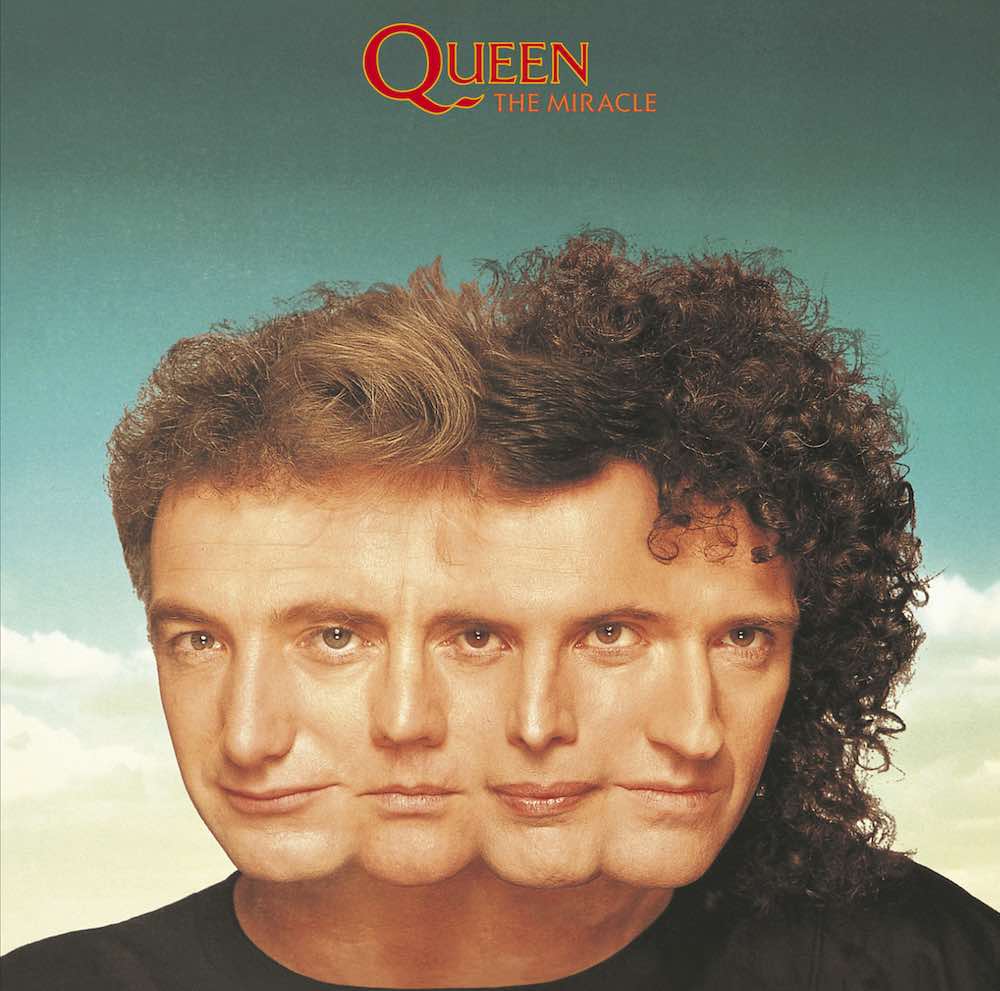
'The Miracle': 35 Years On...
“We left our egos outside the studio door and worked together as a real band, something that wasn’t always the case with Queen.” Brian May
Queen's thirteenth studio album was recorded at Olympic and Townhouse Studios in London, and Mountain Studios in Montreux, between January 1988 and January 1989. It was produced by the band with David Richards, who also engineered the sessions with the help of various assistants. Having spent considerable time with the band on both Queen various solo ventures, Richards was now a permanent fixture on sessions and would remain so through to the final songs Freddie recorded in 1991.
Prior to The Miracle sessions, the band had spent 1987 apart, working on individual projects. Brian had produced songs for various artists, Freddie recorded the Barcelona album with Spanish opera star Montserrat Caballé, and Roger founded a brand new part-time band called The Cross. The year apart would prove greatly beneficial, as everyone came to the new project with renewed vigor and an abundance of fresh ideas. Queen would record many more tracks than they needed for The Miracle. Some would ultimately be utilised as single B-sides, while others remain unreleased in the archive.
For the very first time on a Queen album, all the songs (and subsequent single B-sides) were credited as written by the band collectively, regardless of the actual author. This seemingly inconsequential detail was in fact significant and something of a liberating experience for the band. Not least of all, it bypassed the usual arguments over whose track should be chosen as a single and whose would not. Now, with Queen sharing equal royalties on all material, the road was clear to focus on other things.
The striking cover artwork for the album was based on a concept conceived by Queen and represents the unity of the band; a seamless merging of four people becoming one. This was, after all, during the period when the Queen members were pulling together closely beneath a veil of secrecy in dealing with Freddie's deteriorating illness. Indeed, there was the very real likelihood during these sessions that Freddie would not be around to complete the work. The band closed ranks like never before to focus on the work ahead and in order that nothing deterred them from their course. The four faces morphed into one on the cover, captures this feeling and remains today one of Queen’s most admired and universally recognised images. The startling back cover took the idea a step further, with a seamless regimented montage of just the band's eyes.
Although there were rumors that a tour would be announced following the release of the album, sadly, for reasons that are now obvious, this was not to be. In May 1989 the band recorded a special interview for BBC Radio One in which Freddie explained to Mike Read that it was he who didn't want to tour. “We've been there and done that”, he said, and now the time had come for Queen to break the relentless 'album, tour, album, tour' routine. Freddie went so far as to say that at his age he didn't feel he should be running around a stage in a leotard anymore.
The Miracle album was originally to be called The Invisible Men but was changed just a few weeks prior to the release date. Released on May 22nd, 1989, and two weeks later in America, The Miracle gave Queen their sixth No.1 album in the UK and achieved Platinum sales status.
Click here to order 'The Miracle' music product and merchandise.
